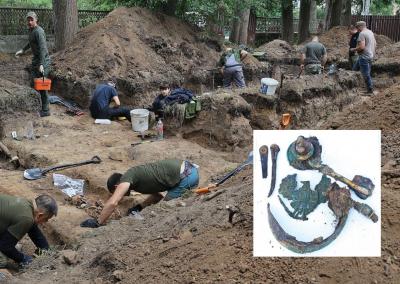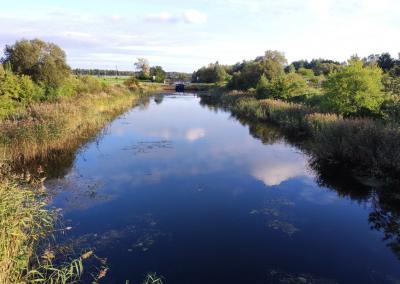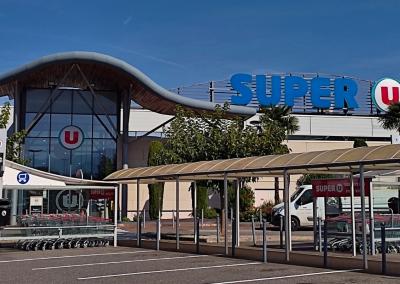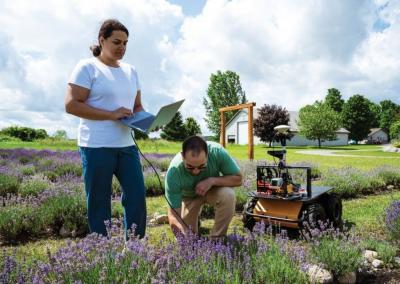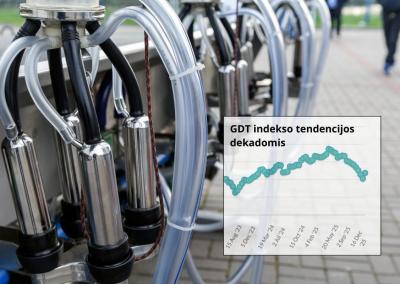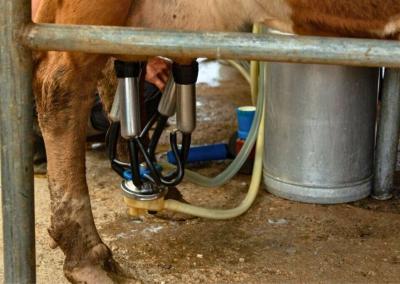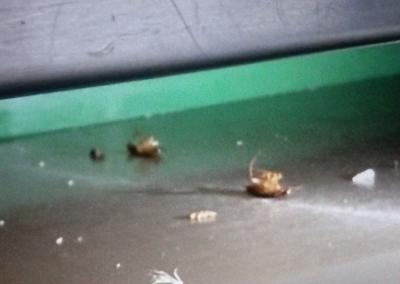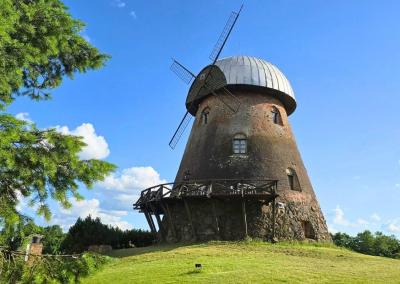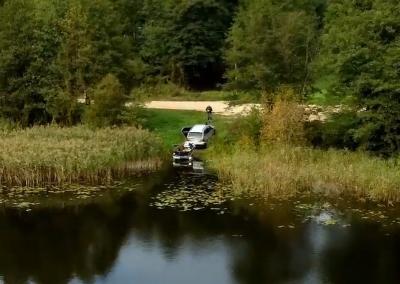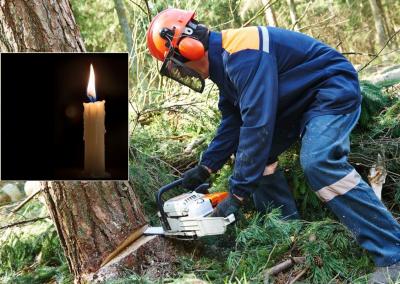How to hide plumbing pipes
Located pipes often spoil the view in the bathroom. You want everything to be aesthetically pleasing and beautiful. But pipes should always be accessible for repairs or emergencies. Whether it's water pipes, heating pipes or gas pipes.
Water pipes (and other utilities) can be hidden by installing a plasterboard cabinet, but it won't be completely invisible: you'll still have to leave access to all the unwelded connections, taps, taps, controls, meters.
When designing a pipe cabinet or box, it is not recommended to make the door too small (only individual assemblies can be seen through). The door should be such that it is easy to carry out complete repairs and maintenance, and to inspect the full length of the pipes to identify the location of any leaks that have occurred.
Pipes cannot be concreted
The main danger of concrete-lined or bricked pipes is that if they burst and leak, you will not notice it. Sooner or later this can happen to all pipes. And when your neighbours in the apartment block below notice it, you will have to urgently dismantle the layer of concrete or masonry behind which you have hidden the pipes. And pay for the damage. And add to that the cost of rebuilding the dismantled wall.
Some people have the mistaken belief that you can concrete over and brick up a pipe if you install leak detectors there. However, the sensor must be visible and not hidden behind the concrete layer.
For example, a leakage detector on a heating pipe can only be installed in a single-pipe system and only if the pipe has ball valves and disconnection point bypasses (collars) at the inlet and the outlet to the radiator. If all these conditions are fulfilled, it is theoretically possible to install a safety valve that shuts off the water between the ball valves (both inlet and outlet) and the radiator. But there is still the possibility of leakage of the ball valves themselves, leakage due to cracks in the corrosion areas and in the welding of the pipes.
If the heating system is a two-pipe system or a heating system without a bypass and without ball valves, the heating engineers will not allow the installation of a safety valve. This is because in the event of an emergency it will block the entire heating system in the riser. This means that not only you, but also your neighbours upstairs and downstairs in your block of flats will be left without heating (the riser is blocked in all flats). It will be extremely difficult to guess the cause of the heating failure because the pipes are bricked up and you cannot see that there is a problem.
Imagine how long it will take to find out why the riser is cold. Sooner or later they will find the cause, the layer of concrete or masonry hiding the pipe will have to be dismantled, and they will have to compensate. After all, you have tampered with property (pipes) that do not belong to you and caused damage.
Hiding pipes in a plasterboard box
If you can't bear to hide pipes, consider a box design that can be easily opened or removed or dismantled at the right moment. It is important to ensure quick and full access to the pipe. The most popular solution is a plasterboard box with removable or hinged doors. A rack without a back wall or a tall cabinet made of boards can also be constructed to hide the pipes.
If you decide to make a solid box out of plasterboard – calculate the dimensions and layout of the doors (hinged covers). The door must be large enough to allow easy repair of the pipe and must be positioned at the joints and taps.
But even when all things are taken into account, the likelihood of having to dismantle the pipe box-cabinet in a serious accident still remains.










